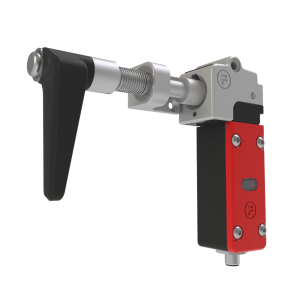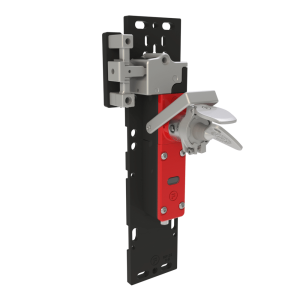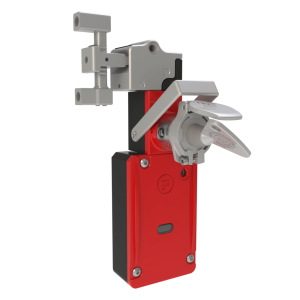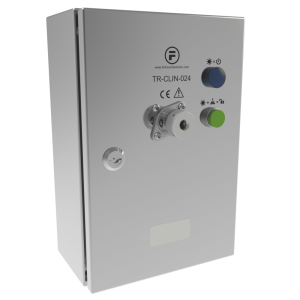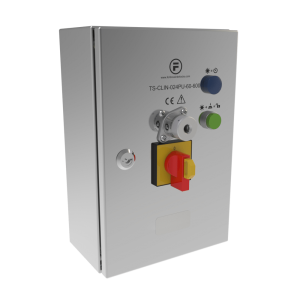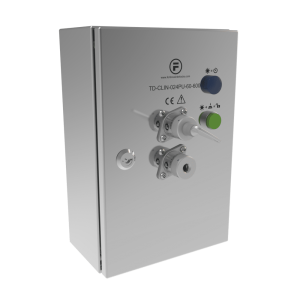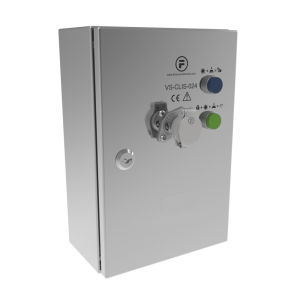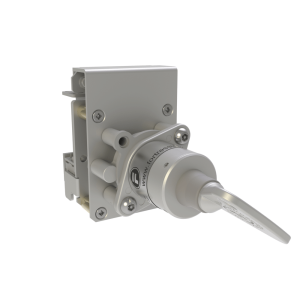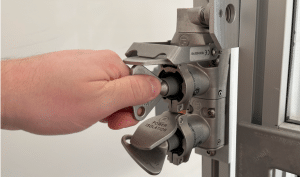Metallherstellung
In der Metallindustrie gibt es zahlreiche Maschinenanwendungen und schwierige Bedingungen, von Hochtemperaturumformungen bis hin zu Walzwerken und komplexen Verarbeitungsanlagen. Zu den üblichen Gefahren gehören der Kontakt mit geschmolzenem Metall, schwere Maschinen und raue Umgebungen, die zu Korrosion und Problemen mit der strukturellen Integrität führen können. Der Schutz des Personals vor diesen Gefahren ist von entscheidender Bedeutung.
Fortress nutzt sein umfassendes Fachwissen im Bereich Maschinensicherheit und Produkt , um maßgeschneiderte Sicherheitslösungen zu entwickeln, die führenden Metallherstellern helfen, ihre spezifischen Anforderungen zu erfüllen und ihre Mitarbeiter mit Produkten zu schützen, die den anspruchsvollen Bedingungen der Branche standhalten.
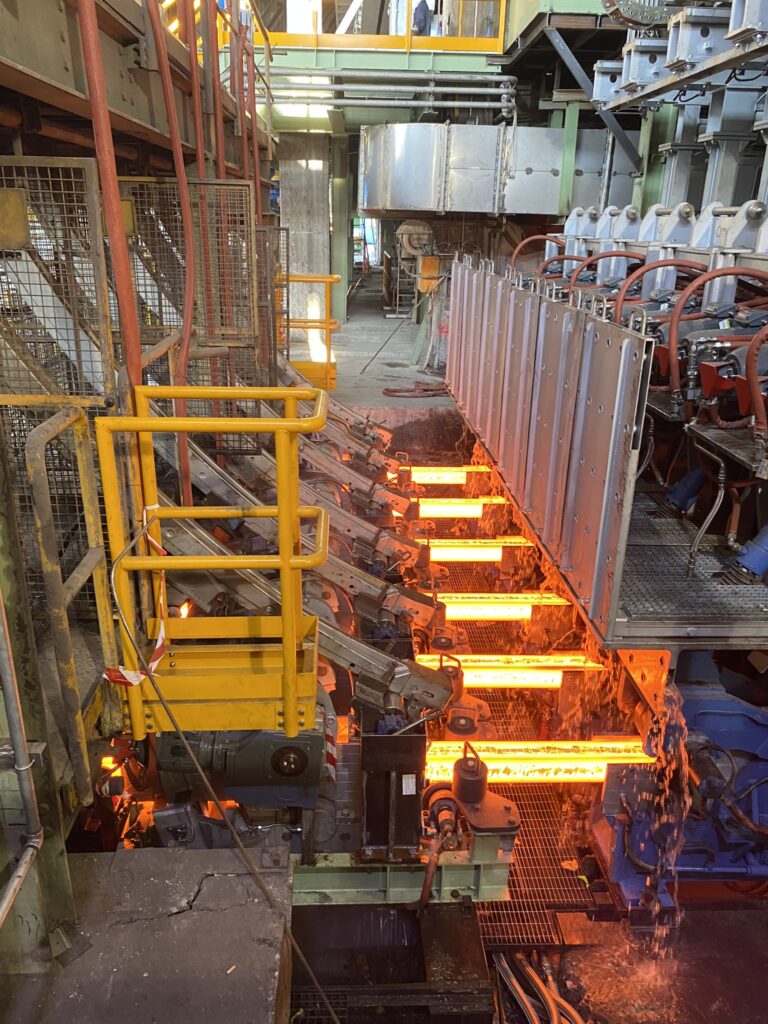
Großflächige Abdeckung
Durchsetzung von Sequenzen über große Entfernungen und in Bereichen, in denen eine Verkabelung unpraktisch und die Sicht eingeschränkt ist.
Lösungen aus Metall und rostfreiem Stahl
Ideal für extreme Umgebungen, in denen Beständigkeit gegen hohe Temperaturen und Korrosion erforderlich ist.
vernetzt Lösungen
Kommunizieren Sie Standard- und Sicherheits-E/A über industrielle Netzwerke, verwalten Sie Zugriffsberechtigungen und verhindern Sie unbefugten Zugriff.
Vollständig konfigurierbare Produkte
Entwerfen Sie maßgeschneiderte Sicherheitslösungen, die den spezifischen Anforderungen jeder Anwendung gerecht werden.
Minimierung von Ausfallzeit und Ersatzbeschaffung
Robuste Produkte, die jahrzehntelang halten, selbst in den schwierigsten Anwendungen und rauesten Umgebungen.
Globale Reichweite
Mit Niederlassungen auf der ganzen Welt und einem großen Netzwerk von vertrauenswürdigen Partnern bietet Fortress globale Unterstützung.
Großflächige Abdeckung
Durchsetzung von Sequenzen über große Entfernungen und in Bereichen, in denen eine Verkabelung unpraktisch und die Sicht eingeschränkt ist.
Lösungen aus Metall und rostfreiem Stahl
Ideal für extreme Umgebungen, in denen Beständigkeit gegen hohe Temperaturen und Korrosion erforderlich ist.
vernetzt Lösungen
Kommunizieren Sie Standard- und Sicherheits-E/A über industrielle Netzwerke, verwalten Sie Zugriffsberechtigungen und verhindern Sie unbefugten Zugriff.
Vollständig konfigurierbare Produkte
Entwerfen Sie maßgeschneiderte Sicherheitslösungen, die den spezifischen Anforderungen jeder Anwendung gerecht werden.
Minimierung von Ausfallzeit und Ersatzbeschaffung
Robuste Produkte, die jahrzehntelang halten, selbst in den schwierigsten Anwendungen und rauesten Umgebungen.
Globale Reichweite
Mit Niederlassungen auf der ganzen Welt und einem großen Netzwerk von vertrauenswürdigen Partnern bietet Fortress globale Unterstützung.
Beginnen Sie mit Ihrer individuellen Lösung
Fallstudie -
Opex
EtherCAT-fähige Sicherheitslösungen in Lagerautomatisierung
Fortress bot Geräte für den Gang und Remote-Safety-I/O-Fähigkeit durch Geräte, die über EtherCAT kommunizieren können. Es wurden drei Gerätetypen aus der amGardpro angeboten, die jeweils den Gang , den seitlichen Zugang und die dezentrale E/A ermöglichen.
Verwendete Produkte
amGardpro
Das Ergebnis
Maßgeschneiderte ASRS-Sicherheit mit EtherCAT-Integration - schnell zu implementieren, einfach zu bedienen und skalierbar.


Wer sind Duferco?
Die Duferco-Gruppe ist ein weltweit führendes Unternehmen in den Bereichen Stahlerzeugung, Energie,
Schifffahrt und Innovation.
Fallstudie - Duferco
Sicherheitslösungen für das innovative Walzwerk von Duferco
Die Stahlindustrie ist in hohem Maße auf Hochtemperaturumwandlungen angewiesen, um die endgültige Produkt zu erreichen. Die Komponenten sind anfällig für Korrosion, Verschleiß und Probleme mit der strukturellen Integrität. Darüber hinaus birgt die raue Umgebung erhebliche Risiken, die es schwierig machen, die Sicherheit des Personals zu gewährleisten.
Verwendete Produkte
mGard, tGard
Involvierte Partner
LAS Automation & Safety Solutions, Italien


Wer sind Duferco?
Die Duferco-Gruppe ist ein weltweit führendes Unternehmen in den Bereichen Stahlerzeugung, Energie, Schifffahrt und Innovation.
Fallstudie - Tata Steel
Zwanzig Jahre Schutz der Menschen bei Tata Steel Llanwern
Seit mehr als zwei Jahrzehnten arbeitet Fortress Safety mit Tata Steel, einem der weltweit führenden Stahlhersteller und dem größten im Vereinigten Königreich, zusammen, um die Sicherheit der Mitarbeiter zu gewährleisten. Am Standort Llanwern in Südwales stellt Tata Steel rund 600.000 Tonnen kaltgewalzte und verzinkte Metallbänder für den britischen und europäischen Markt her, die vor allem im Baugewerbe und in der Automobilindustrie eingesetzt werden.
Verwendete Produkte
mGard, amGardpro, FRANK
Unternehmen
Tata Steel
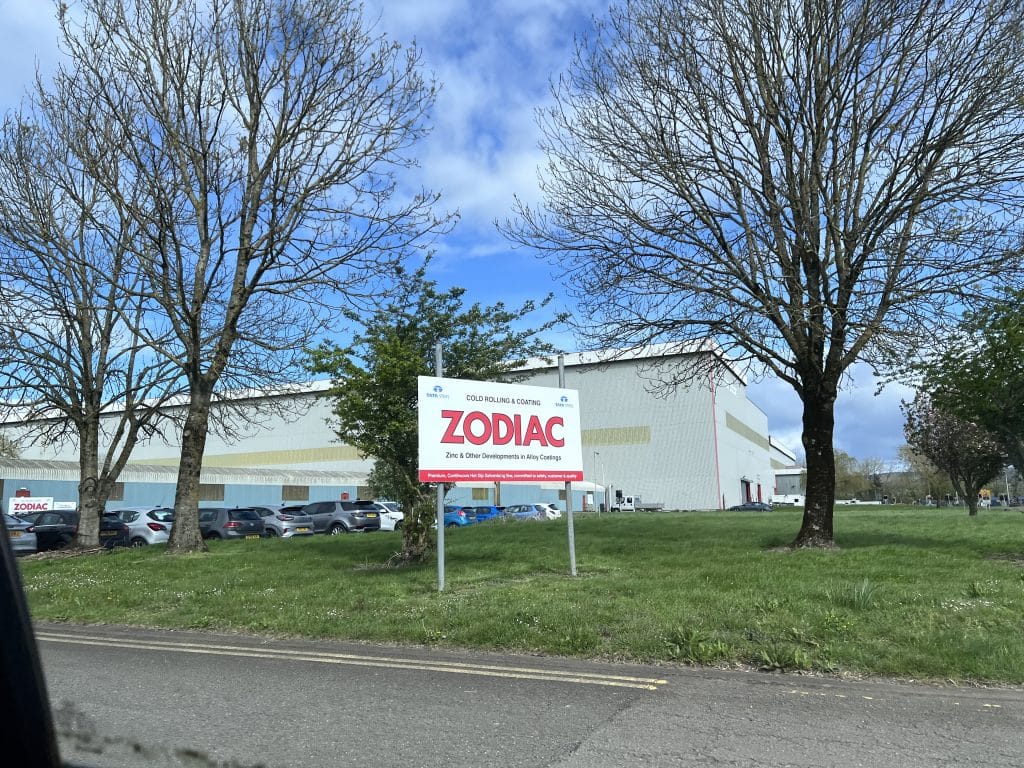
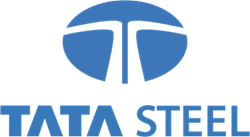
Wer ist Tata Steel?
Tata Steel ist ein weltweit führender Hersteller , der für seine integriert Abläufe, seine nachhaltigen Praktiken und seine starke Präsenz in der Automobil-, Bau- und Infrastrukturbranche bekannt ist.
Fallstudie - Tata Steel
Verhinderung von unbefugtem Zugang bei Tata Steel Llanwern
In der Fertigung ist es für die Sicherheit und Produktivität von entscheidender Bedeutung, dass nur bevollmächtigtes Personal bestimmte Aufgaben ausführt. Unbefugter Zutritt kann die Mitarbeiter Gefahren aussetzen und die betriebliche Effizienz stören. Wenn man sich allein auf Schulungspläne verlässt, kann man nicht verhindern, dass unbefugtes Personal geschützte Bereiche oder Bedienelemente betritt. Die Durchsetzung von Personalauthentifizierung und Berechtigungen kann helfen, Risiken und unnötige Ausfallzeit zu reduzieren.
Verwendete Produkte
amGardpro, FRANK, PpoNet
Unternehmen
Tata Steel
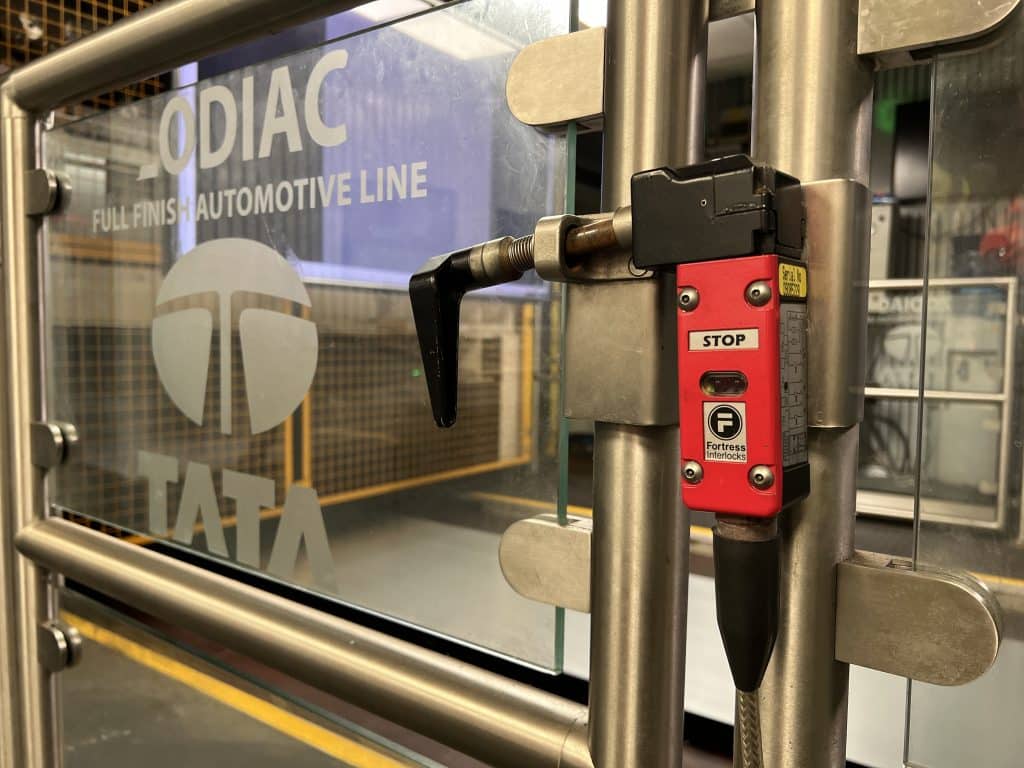

Wer ist Tata Steel?
Tata Steel ist ein weltweit führender Hersteller , der für seine integriert Abläufe, seine nachhaltigen Praktiken und seine starke Präsenz in der Automobil-, Bau- und Infrastrukturbranche bekannt ist.
Empfohlener Bereich Produkt
amGardpro
Drucktastensteuerung, Schlüsseltransfer und Netzwerkanbindung können in einer einzigen Einheit kombiniert werden.
Hochgradig konfigurierbar
Reduzieren Sie Ersatzbeschaffungen und Ausfallzeit
Alle Bedienelemente an einem Ort
Netzwerkkonnektivität
Empfohlener Bereich Produkt
mGard
Mechanische Schlüsseltransfer Verriegelungen zur Erzwingung bestimmter Tastenfolgen, insbesondere bei Anwendungen mit mehreren Energiequellen. Kostengünstig, einfach zu installieren und zu warten und ideal für Bereiche, die mit Kabeln schwer zu erreichen sind.
Sequenzen erzwingen
Kontrolle gefährlicher Energie
Maschine minimieren Ausfallzeit
Keine Verkabelung erforderlich
Nachrichten und Einblicke
- Veranstaltung
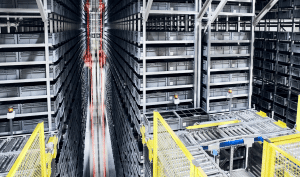
Andere Industrien
Sie wissen nicht, wo Sie anfangen sollen? Wir sind hier, um zu helfen
Unser engagiertes Expertenteam hilft Ihnen, die richtige Lösung für Sie zu finden. Sie können Ihre Branche und Ihre spezifischen Anwendungsbedürfnisse analysieren und Ihnen Empfehlungen geben, wie Ihre Einrichtung von Fortress profitieren kann.
